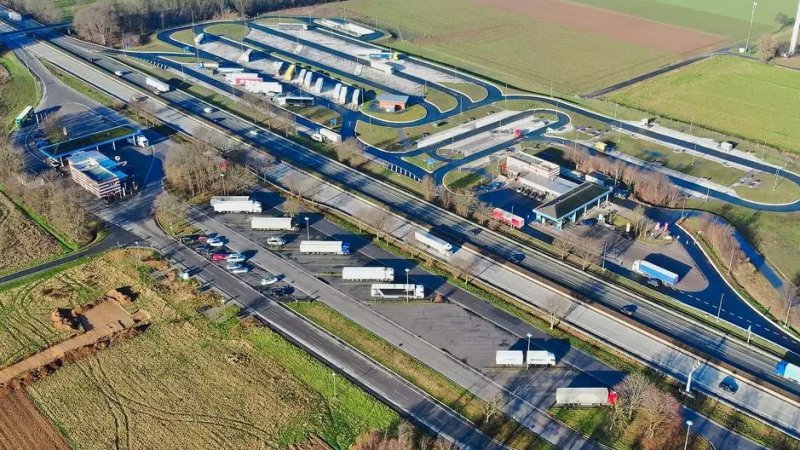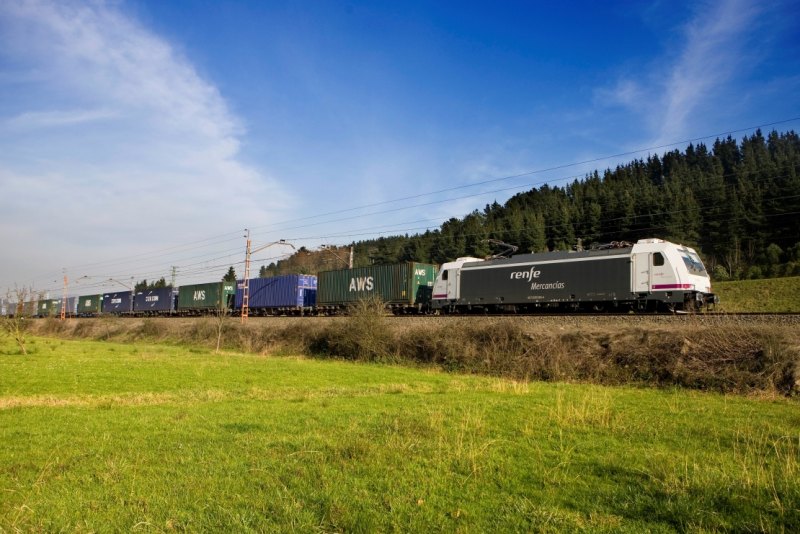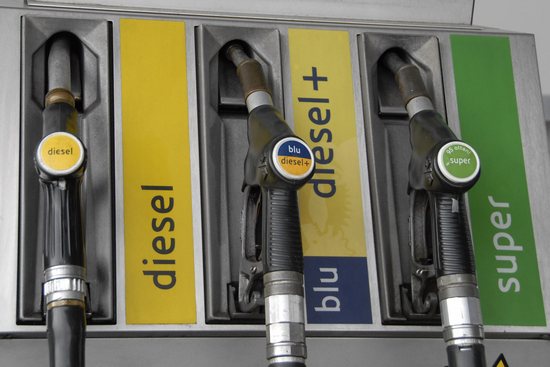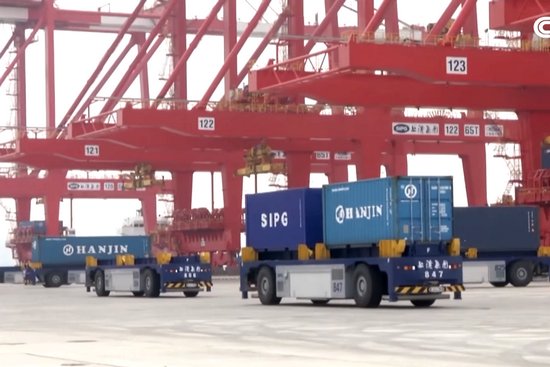The works have been planned well in advance, with information provided to all relevant stakeholders. However, the closure of the Tauern railway tunnel in Austria still represents yet another obstacle in a European rail network already riddled with construction sites and service interruptions. Notably, this closure does not coincide with the summer period when traffic volumes naturally decrease, but instead severely impacts regular operations as the tunnel will be closed from November 18, 2024, to July 13, 2025, with a second phase of work already scheduled for 2027.
The 8,371-meter-long tunnel is the core of the Tauern Railway, an 80-kilometer route linking Salzburg with Carinthia, heading towards Villach, one of the most important north-south connections in Europe. The Tauernbahn has been modernized over the years, with double tracking and route adjustments to increase curve radii. However, unlike other projects, no base tunnel was constructed, meaning it still retains a steep gradient of up to 28 per thousand. The Tauern tunnel itself was upgraded in 2004, while the final phase of improvements for the entire rail line concluded in 2009.
Now, the tunnel requires further updates to meet current safety standards and to restore optimal operating conditions. Due to the structural conditions, it is impossible to carry out the upgrades while keeping the tunnel partially open, even for limited traffic on a single track. This is because work needs to be performed on both the track bed and the vault. Although the actual closure affects only the approximately 15-kilometer section between Mallnitz and Böckstein, it effectively impacts the entire railway route, which is Austria's most important central trans-Alpine connection, alongside the Brenner Pass, which serves mainly as a transit route.
The interventions in the tunnel are extensive: the vault will be rebuilt, new track infrastructure will be installed, including ballastless slab track, and a new overhead line will be laid. Additionally, the signaling system will be converted to new European standards. Various upgrades are also planned for the Tauern Railway, including work on both the northern and southern ramps of the tunnel, as well as the refurbishment of several viaducts and retaining walls.
The Tauernbahn upgrade represents the largest ongoing project in Austria on an existing railway line, but it fits into a broader investment framework, including the completion of the four-track expansion of the Westbahn—the western railway that links Vienna with Linz and Salzburg—and especially the Koralmbahn. The Koralmbahn, a new 130-kilometer route, will directly connect Klagenfurt and Graz, forming a crucial part of the Baltic-Adriatic freight corridor, one of the priority axes of the Trans-European Networks (TEN-T), which will stretch from Poland to the Adriatic, with terminals at the ports of Trieste, Venice, Ravenna, Ancona, and Koper. The Koralmbahn will be followed by the opening of the Semmering Base Tunnel, enhancing and upgrading the entire central Austrian corridor—a true turning point for freight transport with Eastern Europe.
Piermario Curti Sacchi































































